YanYin Canon II – 5-Way Biologic Dynamic Sound
YanYin Canon II is a $379 USD IEM with 5 drivers in total, and the title of our review is not a bad translation, but comes from the official description of the Canon II. This midrange IEM comes with one Biological Dynamic Driver and 4 Balanced Armatures, 2 Tuning Switches and 4 Sounds in total. The version we’re reviewing today comes with a 3.5mm single ended cable, and has a beautiful shell design, so we will compare the Canon II to other high-quality midrange IEMs, including Moondrop Blessing 3 (319 USD), HIDIZS MS5 (399 USD), and Westone Audio MACH 40 (600 USD).
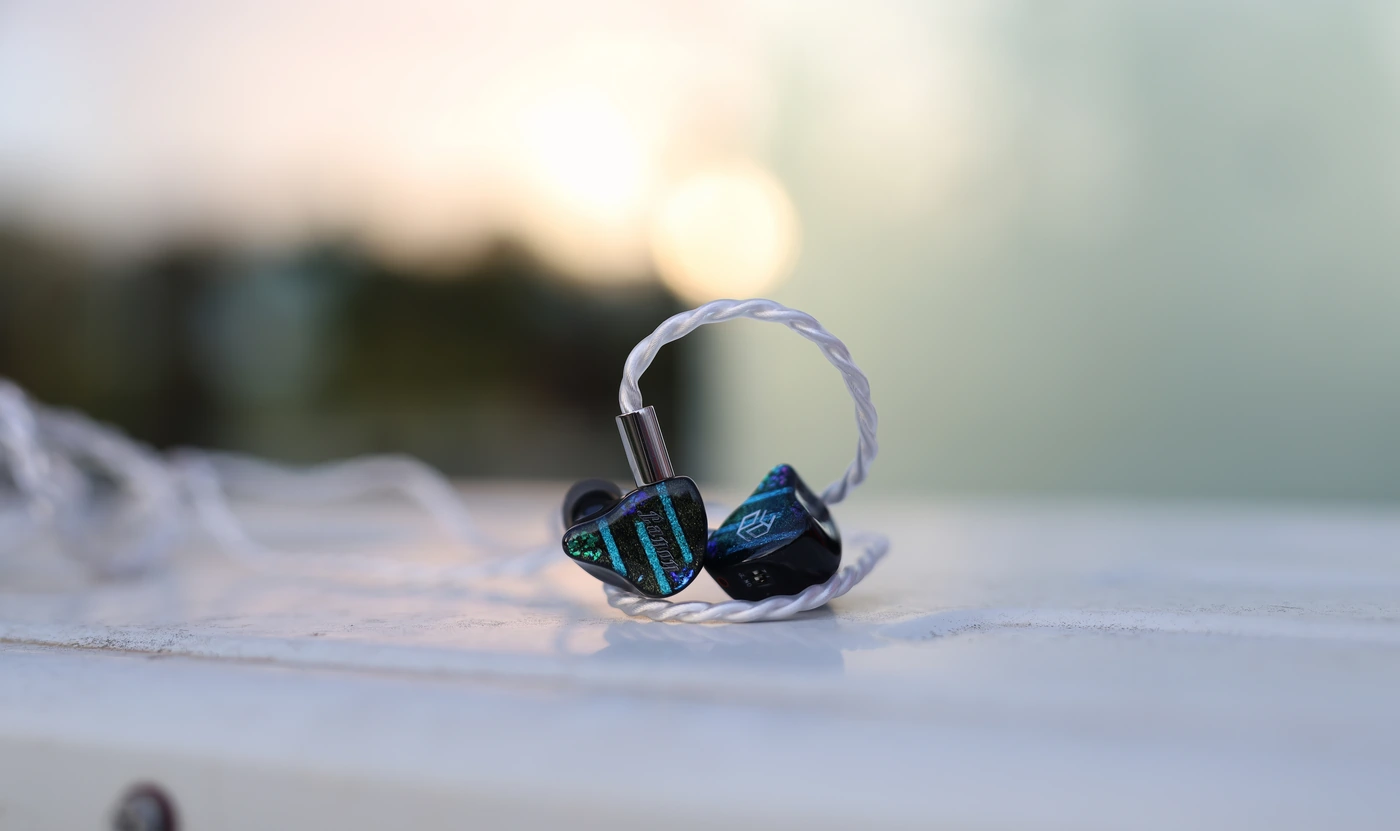
Introduction
YanYin is a new company in my roster of reviews, but it seems that they already have a wide selection of IEMs, starting with entry-level options, all the way to some proper flagships. I am actually looking forward to reviewing more than just the Canon II, as the package quality, price / performance ratio, and overall quality of the products from this first experience has been rather excellent. As an Amazon Influencer, I earn from qualifying purchases, and using the purchase links in my reviews helps me maintain this website and YouTube channel. Although Yanyin is a Chifi company (Chinese company producing HIFI products), they are available for purchase on multiple channels, and you should try to stick with the one you feel safest with.
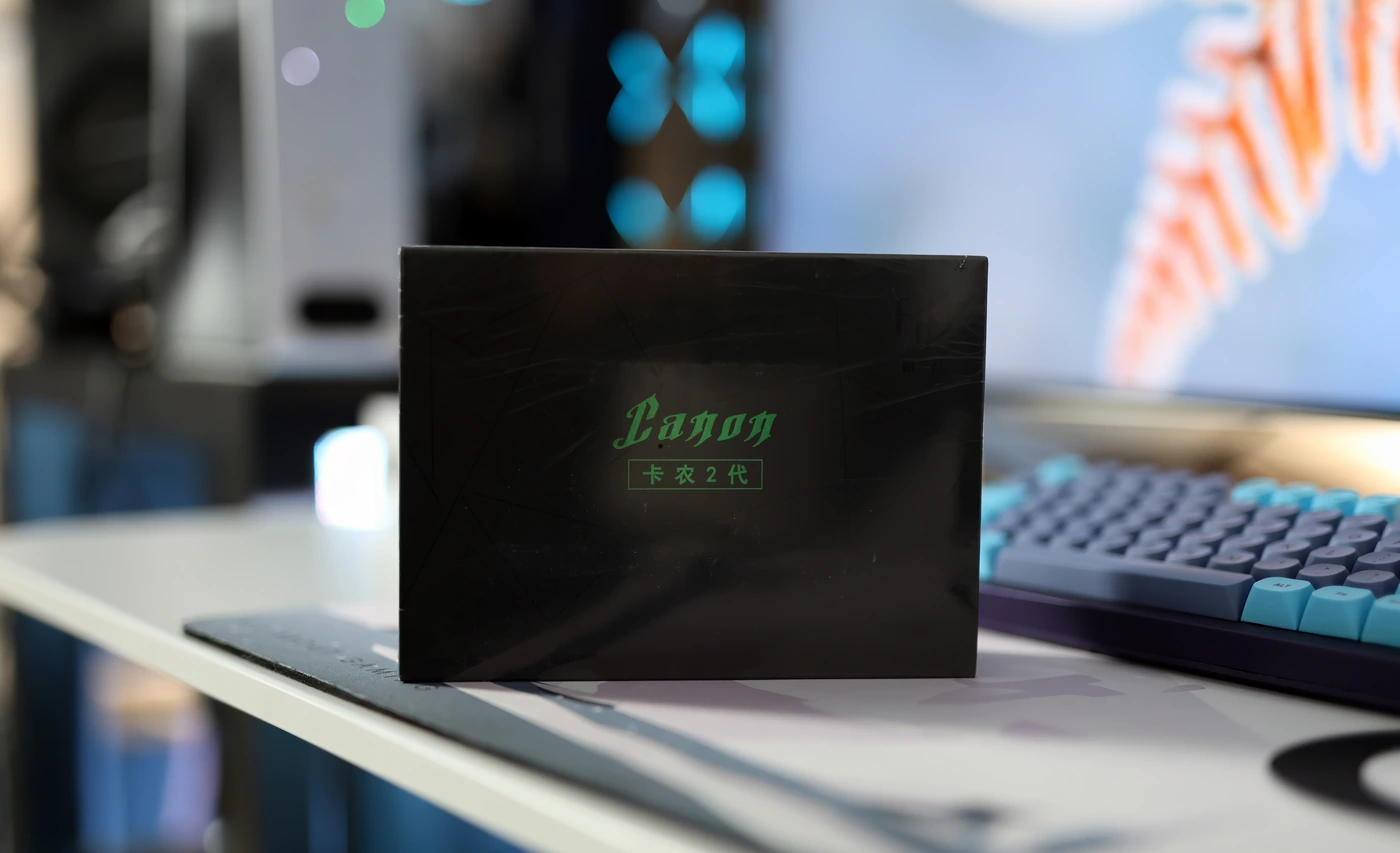
I’d like to thank YanYin for providing the sample for this review, in exchange for my honest opinion. This review is a description of my personal experience, and Audiophile-Heaven doesn’t have an affiliation with Yanyin beyond the review you’re reading today.
Product Link
You can grab one from www.amazon.com here: https://amzn.to/4bynTHX
If you’re in the UK, you can grab one from www.amazon.co.uk here: https://amzn.to/3Sv7cEs
And if you’re from Europe, you can grab one from www.amazon.de here: https://amzn.to/3UErvCd
Build Quality/Aesthetics/Fit/Comfort
Yanyin went with a safe option, and the shells are made of medical-grade resin, with a handcrafted outer shell, to make them longer-lasting than the traditional 3D printed resins used for the competitors. There are two switches on the IEM, which are electrical crossover switches, to tune the bass, and get you a frequency response you’ll enjoy. The two switches mainly increase the bass between 20Hz and about 200 Hz, but the differences are not very high, within 5dB, and you may not even hear those differences if you’re not paying close attention.
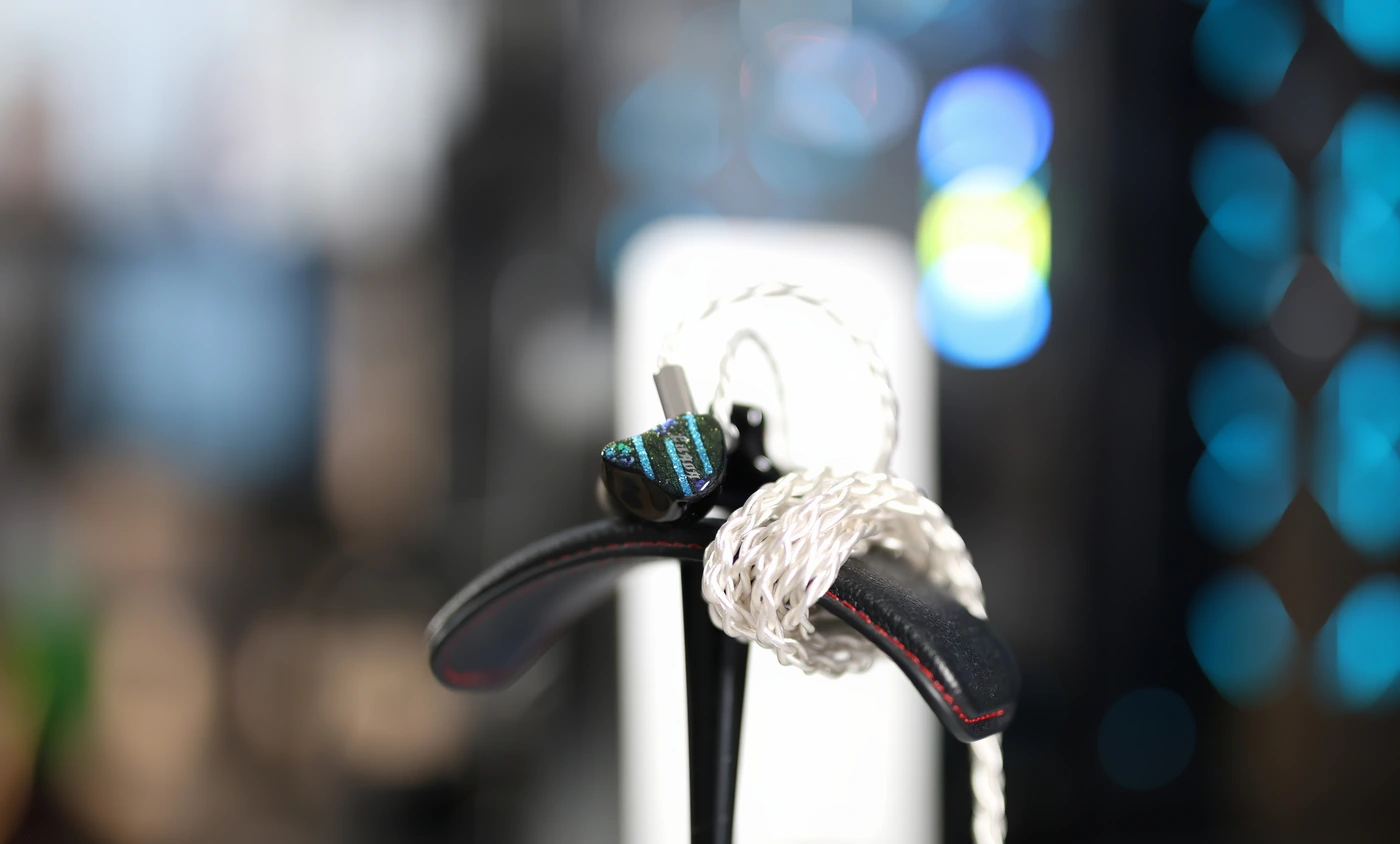
Starting with the tech inside, a 5-Way driver configuration is pretty strong for the price point, and the 1DD + 4BA is a great way to ensure they have enough drivers to get enough detail and resolution, plus bass extension. The Dynamic Driver has a third-generation bio-diaphragm, with a dual chamber spatial design, focused on the bass reproduction. There are 2 Balanced Armatures dedicated for the mid-high frequencies, and two balanced armatures dedicated just for the high frequencies.

Naturally, the company includes a cable with a quality to match the IEMs, with a Single Crystal Copper material organized in four strands, plated with Silver. The cable is flexible, but although the company notes it as being supple, it is fairly natural in size, even slightly chunky for an IEM cable. The cable has flexible ear guides that offer support for the IEMs to sit coiled around my ears. There is no microphonic effect with the cable, and it provides good comfort for the IEMs, keeping them tightly in my ears.
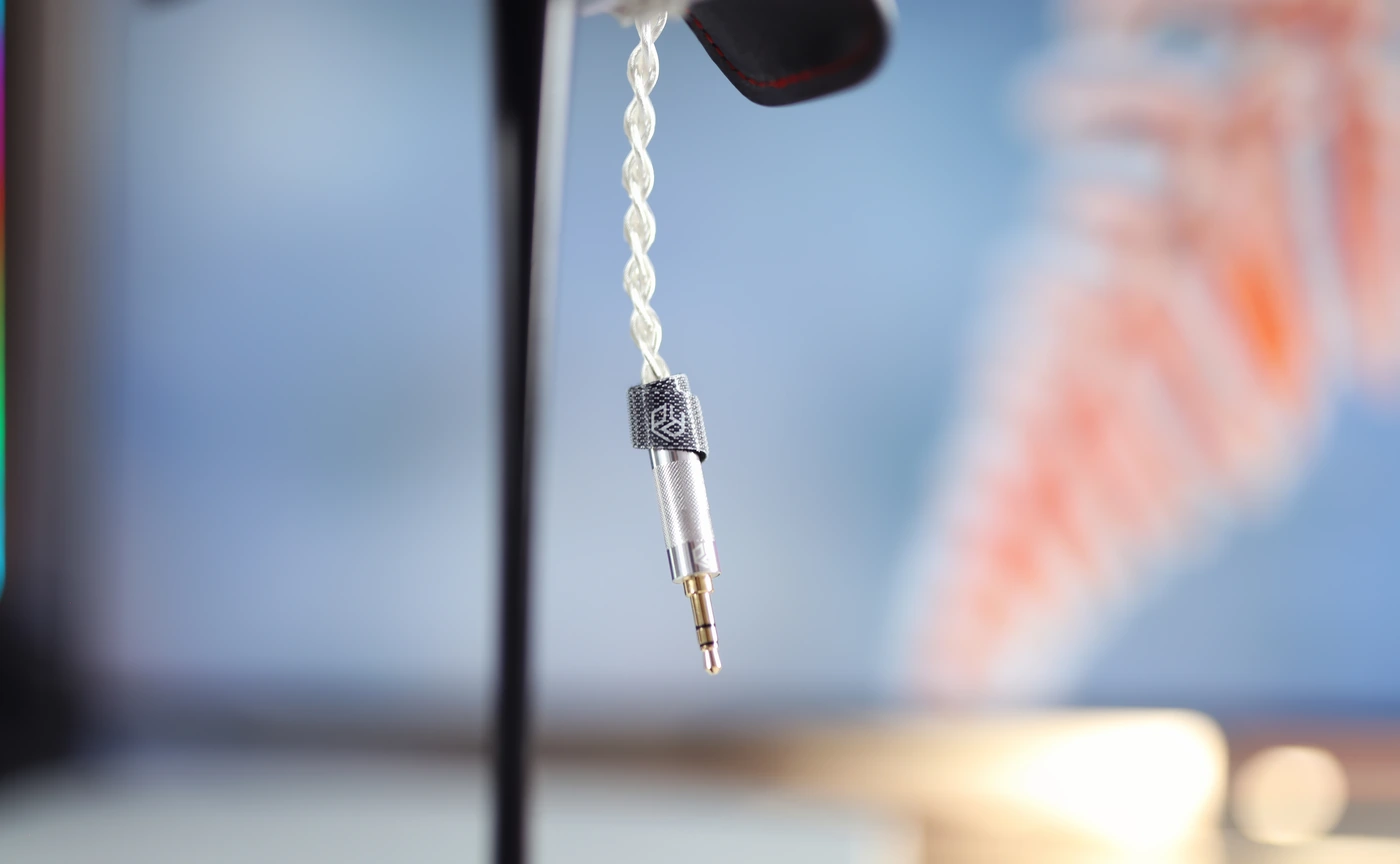
There are 4 pairs of tips included in the package, and they are of a good quality, but for most of my testing I’ve been using ddHIFI ST35 for the tips, as they are slightly more comfortable to my ears and provide a better coherency for me to test most IEMs with the same eartips. There is no driver flex with the Canon II, and the company managed to keep the IEMs free of void when you’re inserting them, by having two ventilation holes at the back. The passive noise isolation is between 20 and 30 dB, a rather excellent score.

At the technical level, Canon II has an impedance between 27 and 40 OHMs, and a SPL of 112 dB. You can order them with any cable connector needed, 3.5mm Single Ended, and Balanced in either 4.4mm or 2.5mm. There will be a neat leatherette transport case included in the package, which offers excellent protection for the Canon II during transport.
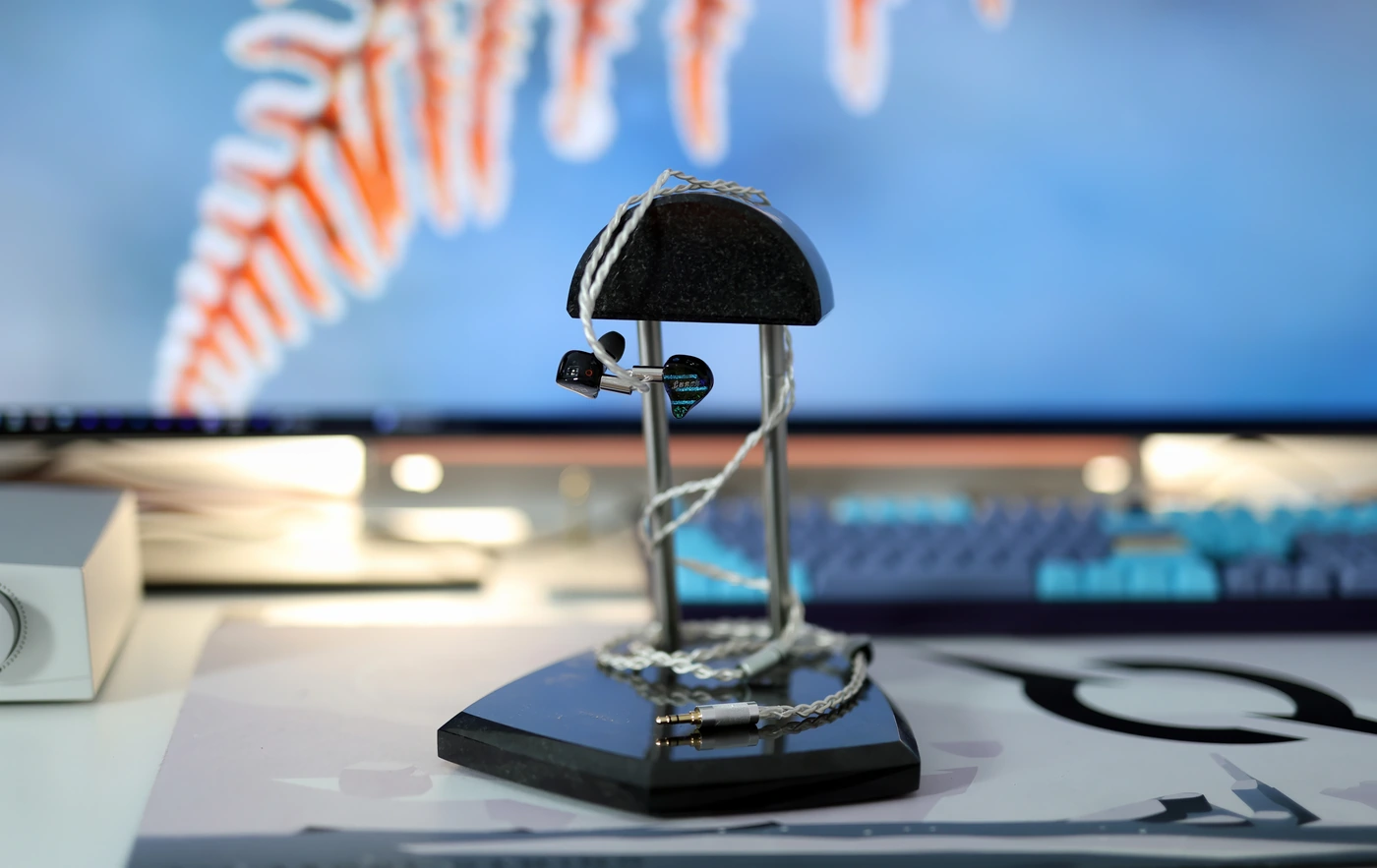
To drive the Yanyin CanonII I’ve been using a selection of sources, including HIDIZS S9 PRO Plus Martha, FiiO BTR15, Hiby Digital M300, Shanling UA1, Drop+xDuoo TA-84, Aune S9C PRO, JDS Labs Element III Mk2 Boosted, and Shanling H5. Generally, CanonII is easy to drive, but they inherit hiss rather easily, being sensitive to the output impedance of the sources, being able to have a faint background hissing even with sources that are generally well controlled such as FiiO Q15. Canon2 scales well with the source, but most dongle DAC/AMPs will be enough for them, the sound being even better if you already have a better source.
Sound Quality
The sound of the Yanyin Canon II is natural, clean, with a deep bass, naturally positioned midrange, and with a bright, clean treble. There’s a good extension both ways, and the sub bass reaches the minimum 20 Hz with ease, while the treble extends up to 16-18 kHz without a hard rolloff. The midrange has softer transients which help the Canon II sound organic and natural, with no hard edges, and even super fatiguing music (like the first album of Crossfaith) can be enjoyed with the Canon. Canon II is enjoyable at all volume levels, with the sound getting slightly more compressed at higher volumes, but gains better definition, better punch, and more bass / treble relative to the midrange. At low volumes, it sounds relaxed, laid back, clean, lean, and smooth, with less bass, less treble and more focus on nuance. At medium volumes is where the best overall balance is for the Canon II.
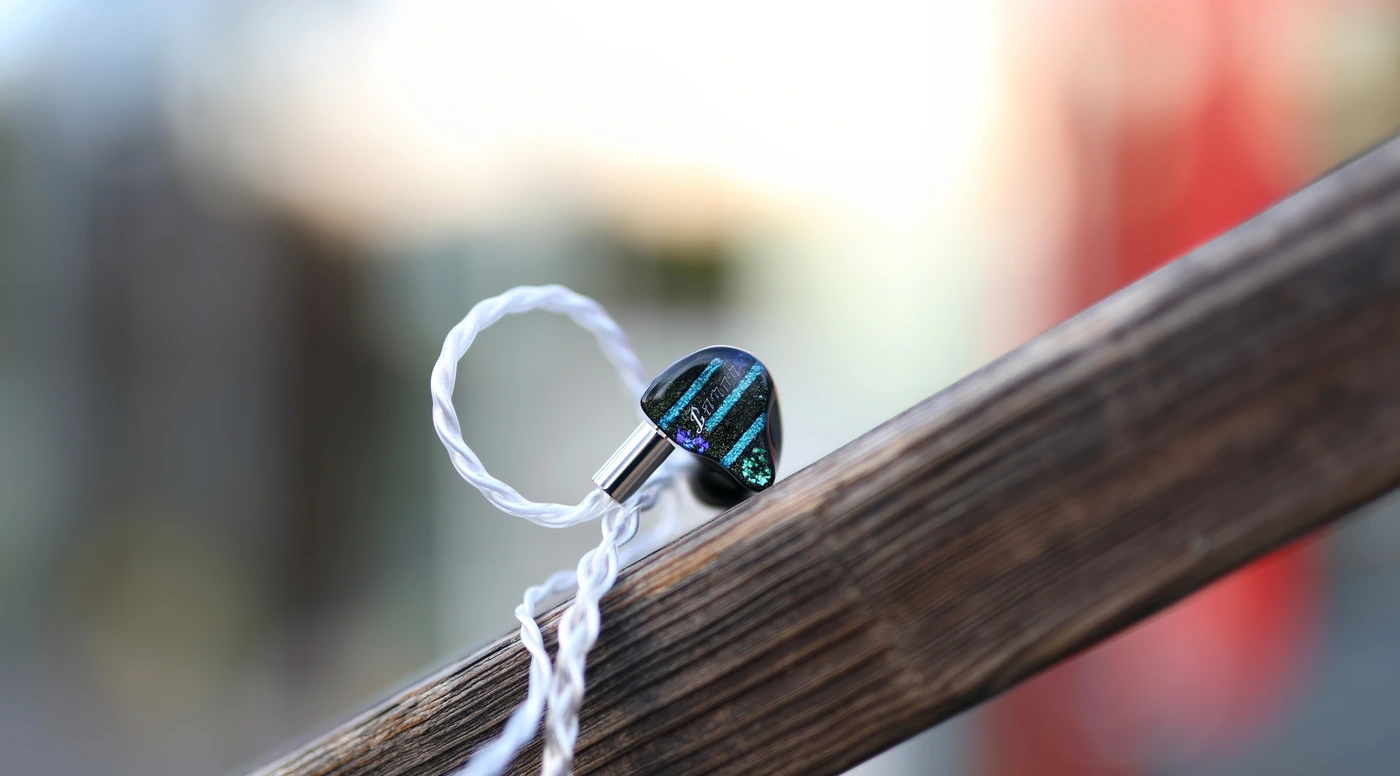
The bottom end is strong, deep, and voluptuous, but not exaggerated in amount, leading to an experience of natural sounds, rather than V-Shaped or U-Shaped, with just tendencies of the tonal balance to be U-Shaped. Compared to the vast majority of earphones out there, Canon II allows the music master and character to shine through more, and Pop / Rap / EDM will have a strong bass, powerful impact, and a slow, sloppy presentation for the low end, while rock and metal will be quick, upbeat and have that short-tempered pace. This means that bands like Enter Shikari have a present but limited amount of bass in songs like Set Me On Fire, while songs like Mori Calliope w Takanashi Kiara – Ice n Fire will have a deep, and full sounding bass, although a shallow one, as it was mixed and mastered. For a deep and full bass, we can explore One True God – Night Shift, where the bass I’d say actually makes me feel like the whole jawbone is vibrating at loud volumes.
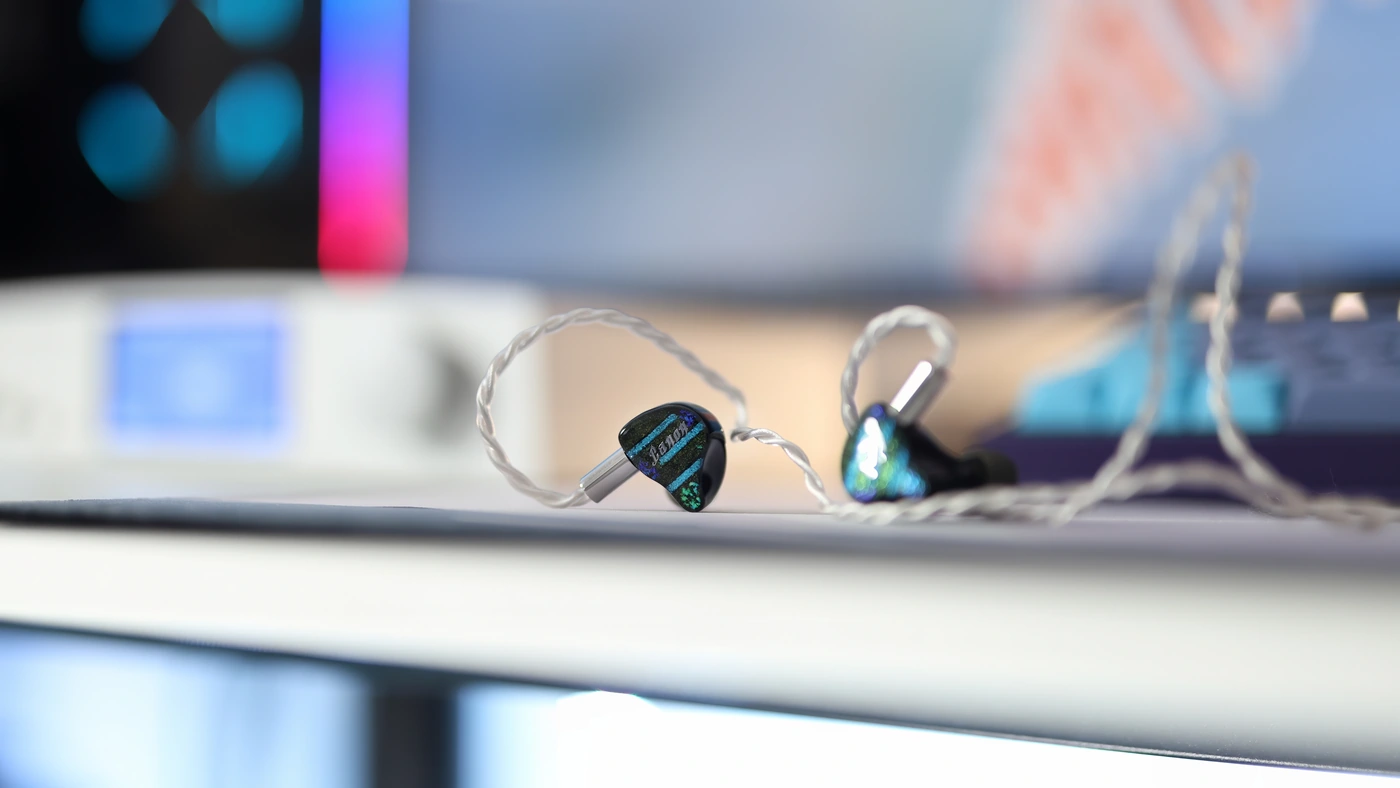
The midrange of the Yanyin Canon II is warm, thick, full and organic in the textures. The more you increase the volume, the more a peak in the upper midrange appears, which seems to be fixed at around 4-5 kHz, at loud volumes Canon II emphasizing female voices, and pianos / emotion. The texture of the midrange stays fairly soft – natural regardless of the volume, and this means even trumpets are enjoyable, pianos are ethereal more than they are hard, and transients always stay on the softer and smoother side. This kind of presentation is often associated with Hifi and Audiophile listening, as it can be enjoyed for hours in a row, and easily hides mixing / mastering mistakes, all while still revealing details and offering music clarity. The same sense of slightly sloppy impact can be heard, as it was in the bass, and that bass adds thickness and substance to the midrange, with the bass bleeding a bit, but not veiling, rather enhancing the lower midrange of the Canon II.
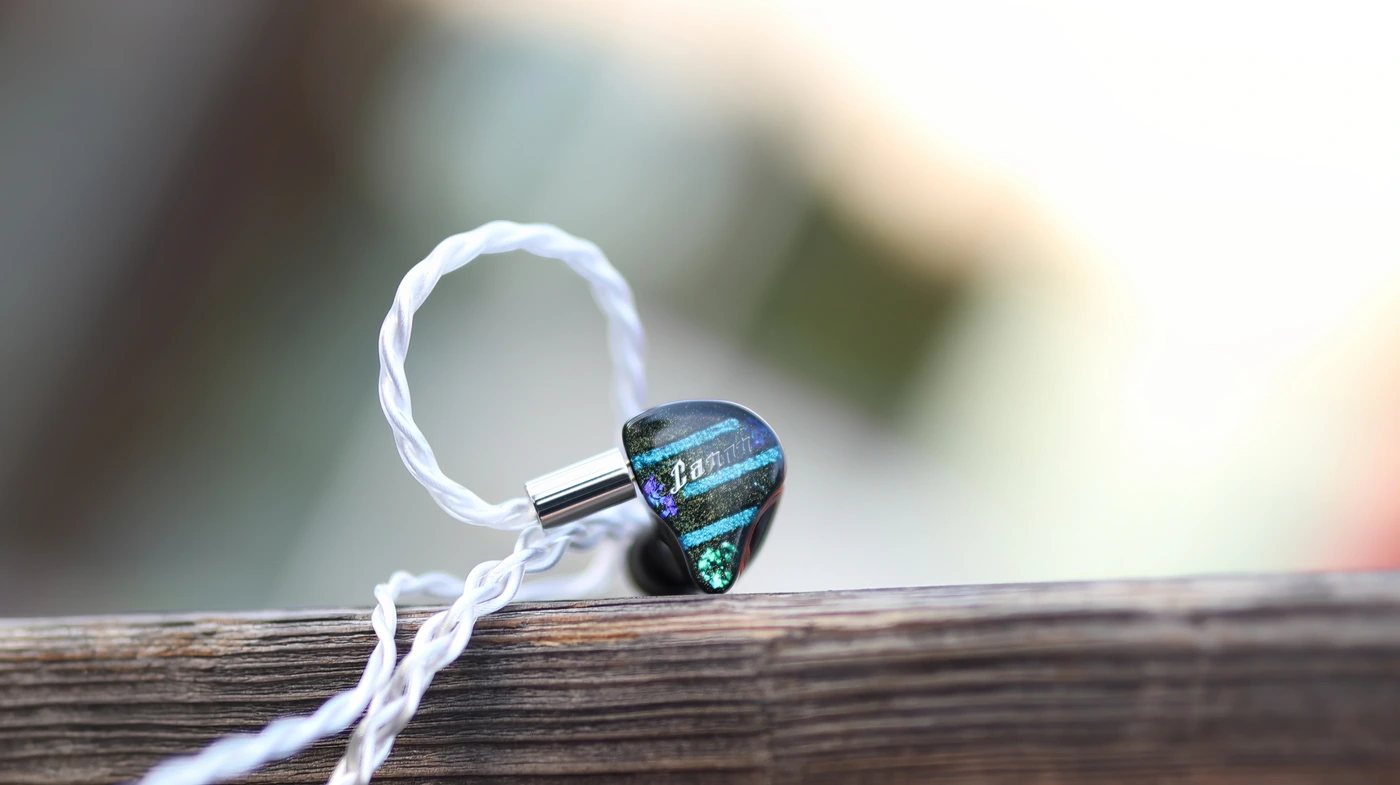
Yanyin ends has a special in the treble prepared for their listeners, as Canon II has a bright, crisp treble presentation which follows an entirely different character from the mids and the bass. The treble has a quicker transient response, it is sharper, more detailed, and the extension goes high, as far as 18 kHz, with high-end effects, sparkle and air being present in music. The dynamic range is good, headroom is fair, and the soundstage is natural. There is a fairly good sense of width, with a fair amount of instrument separation. Instruments in the lower midrange are more separated and better defined, while instruments in the midrange, especially upper midrange are presented all together rather than separated. The soundstage extends naturally around the listener, with a natural amount of width, height and depth, everything is rounded and nothing stands out as too tight, or spread too far apart. All in all, Canon II works well for most music out there, being a versatile IEM.
Comparisons
Yanyin Canon II vs Moondrop Blessing 3 (379 USD vs 319 USD)
Moondrop always knew how to make high-end IEMs with great build quality, and their Blessing 3 is just such an example, having a metallic build, excellent cable, and comfort, but while Blessing 3 feels more solid than Canon II in the main shell, Blessing 3 is heavier and the cable of Blessing 3 is tangle-prone, while the cable of Canon II is not. There is no driver flex with either, but Canon II isolates about as well from the outside noise as Blessing 3. Moondrop Blessing 3 is ever so slightly less sensitive than Canon II, but it also scales less with the source.
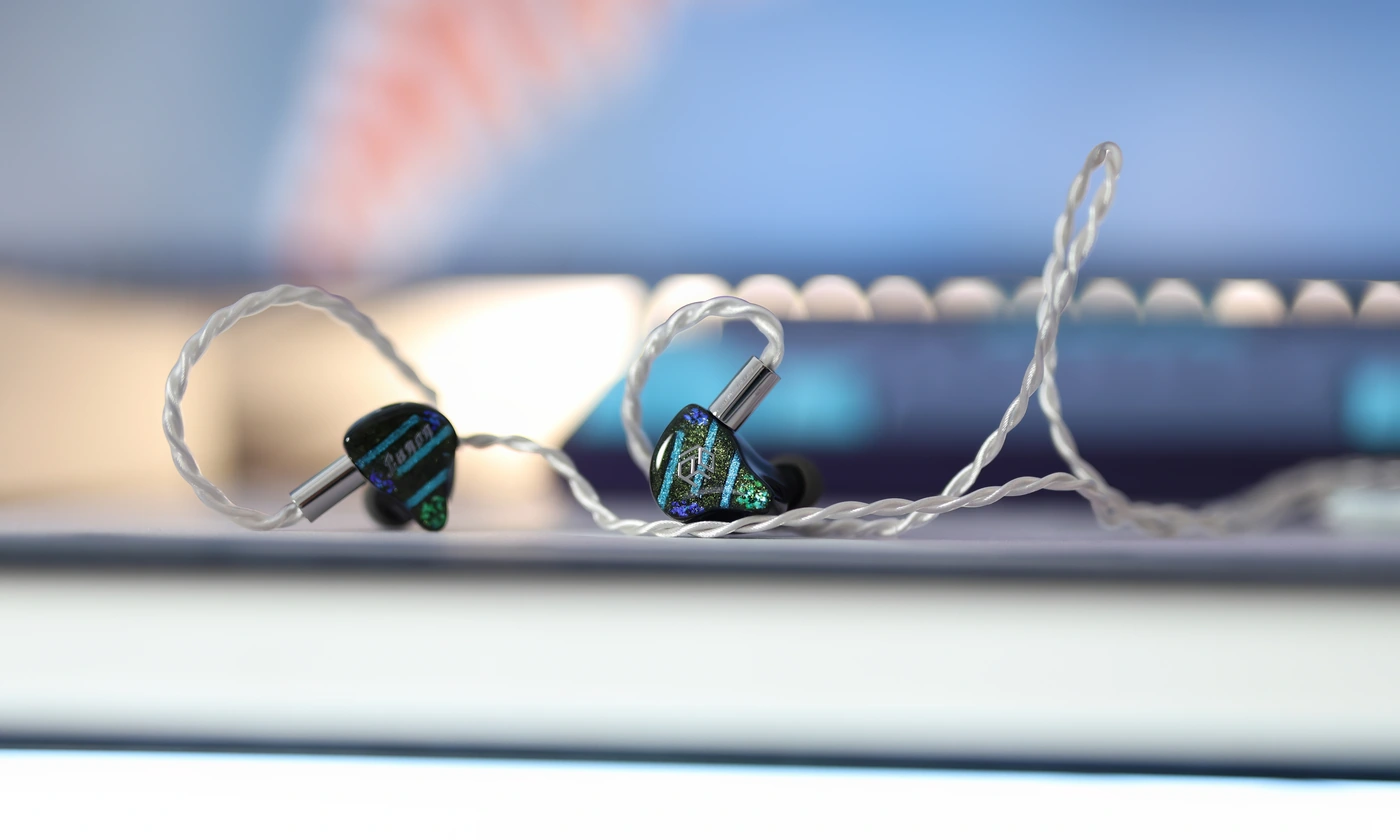
Sonically, they are similar in many ways, both having a strong bass, but Blessing 3 is brighter, reveals details and resolution in the treble more, while Canon II is more natural in the tuning and not quite as bright. Both IEMs do female voices well from Anime-related music and ACG, but Blessing 3 is better for shouty, bright and hyped sounds, while Canon II is better for natural-sounding music, works well for Jazz, Orchestral even, EDM and traditional pop. This makes Canon II easier to enjoy and more versatile and better fit for the general listener.
Between those two, pick Blessing 3 if you want a very bright IEM but with a natural midrange and clean bass, if you listen to ACG a lot, and if you want your music to always be upbeat. You should go for the Yanyin Canon II if you want your music to be as natural, clean and yet detailed as possible, and if you listen to a lot of different music, it is considerably more versatile.
Yanyin Canon II vs Westone Audio Mach 40 (379 USD vs 600 USD)
There is a place for everything, and for Mach 40 that place is deep inside of your ears, as it has a much deeper fit than Canon II, and it is much harder to get a good fitting with Mach 40, which requires tip rolling and advanced techniques, specific tips, and it has a frail, thin cable. Yanyin Canon II has a better cable in the package, thicker, and more reliable, and the fit is much better, it will be more universal and requires just your favorite medium sized tips, nothing more. Both IEMs have a good passive isolation, but when fitted well, Mach 40 can reach 35dB and up to 40dB of passive noise isolation, while Canon II can reach 30 dB at maximum. Both IEMs scale with the source, both are similar in sensitivity, and both will show source high output impedance easily. There is no driver flex with either.
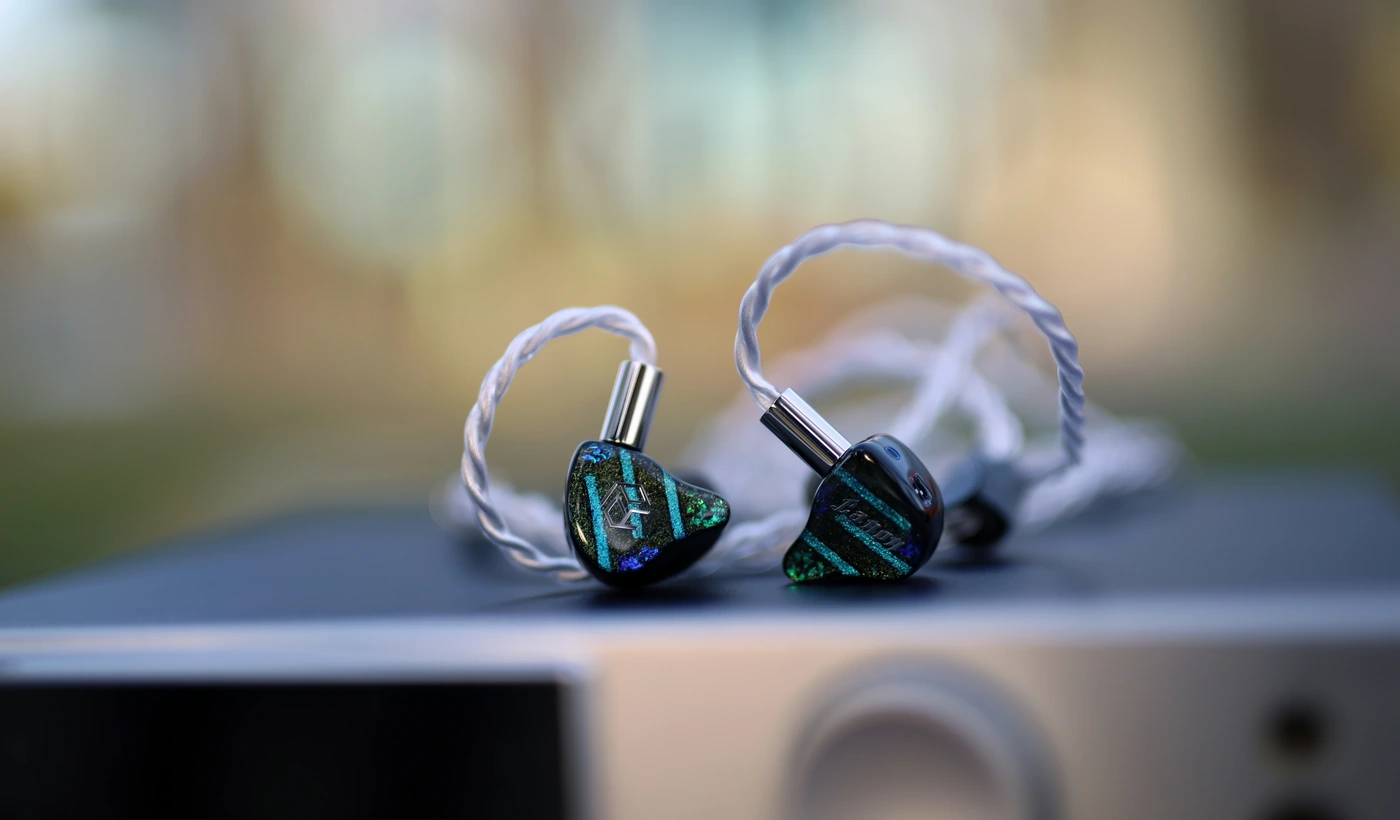
Sonically, Mach 40 is flatter, sounds monitor-like, with little to no headroom for EQ and sonic changes, while Canon II has better dynamics, more headroom and better impact. Mach 40 can produce a convincing bass, but it is a dry, short bass, typical of monitors, while Canon II produces a longer, more natural decay, higher impact and better reach in the sub-bass. The midrange is very clinical and analytical as presented by Mach 40, which can boast a slightly higher resolution in the mids, Canon II sounds more natural, warmer, smoother, more romantic and just more natural in general. The treble is won by Canon II easily in extension and sparkle, but Mach 40 is far less offensive, smoother and rolls off gently, in comparison to Canon II which extends with an enthusiastic presentation up to 16-18kHz.
If you need a good monitoring IEM but don’t want a custom, Westone Mach 40 is a great budget option, and also goes on sale often, but if you want a more natural, fuller, deeper sound with a more organic sounding midrange, and crisper, more energetic treble, Yanyin Canon II is the better choice here.
Yanyin Canon II vs HIDIZS MS5 (379 USD vs 399 USD)
Both IEMs have a good build quality, and both are comfortable, but the shells of Canon II are smaller than those of MS5, making Canon II more comfy for my ears. Neither IEM doesn’t have driver flex, but the cable of MS5 is more solid, both as a positive, because it feels like it will last longer, but also as a negative, as it conducts more microphonic noise, is less flexible during walks, and generally hinders the wearing comfort of MS5, while Canon II’s cable enhances its comfort. Both IEMS are easy to drive, but Canon II is more sensitive to hiss, while MS5 scales less with the source, so Canon II will require a better source to squeeze the best out of it. Passive noise isolation is great for both, and about equal.
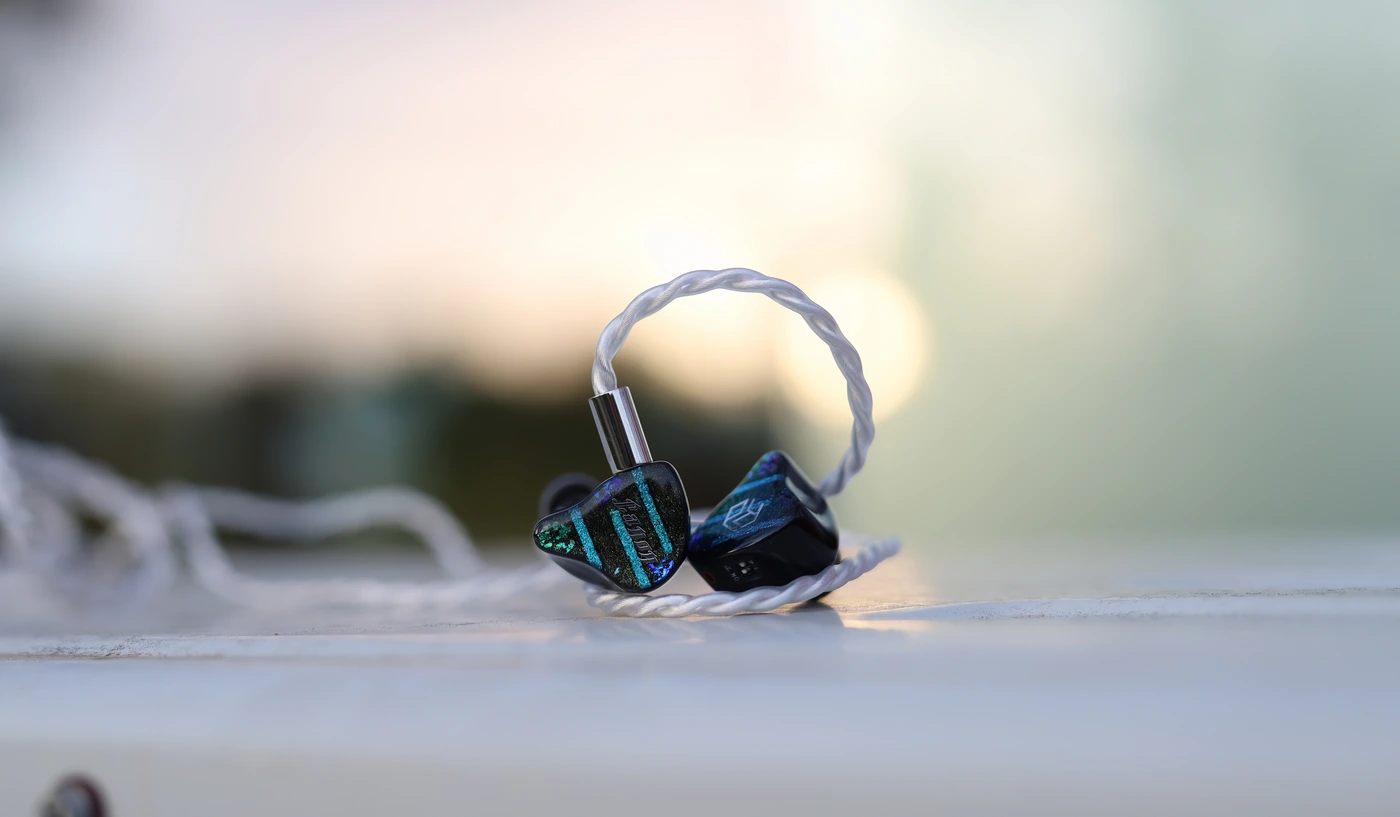
Sonically, MS5 sounds deeper, with considerably more sub bass extension, depth, quantity and a larger bass that hits you with more mass. The midrange of the MS5 is more recessed, the detail and resolution is about equal, although at times Canon II can reveal details and finer nuances which are lost with MS5 and their far more powerful sound in the lows. The treble of Canon II is more natural, it extends more in the upper registers, while MS5 rolls off quicker, sounds simpler, and while they have a peak in the treble, the whole extension is not as good as with Canon II. The bass of Canon II is cleaner, still bountiful in quantity but far less dramatic than the bass of MS5, leading to a much more balanced and natural listening experience.
Overall, if you’re a basshead and enjoy a lot of bass, MS5 will be your guy, and they will go for that more traditional V-Shaped sound, while if you’re into a more natural listening experience and price detail reproduction, resolution and finer nuances more, Canon II will be better at providing those.
Value and Conclusion
It is rare that a company I just heard about can score so high, but Canon II has a perfect price / performance ratio, providing a product which is better than the competition offers around the same price point, or even slightly higher, both in actual usage, comfort, but also sonic clarity, impact, dynamics and overall resolution.
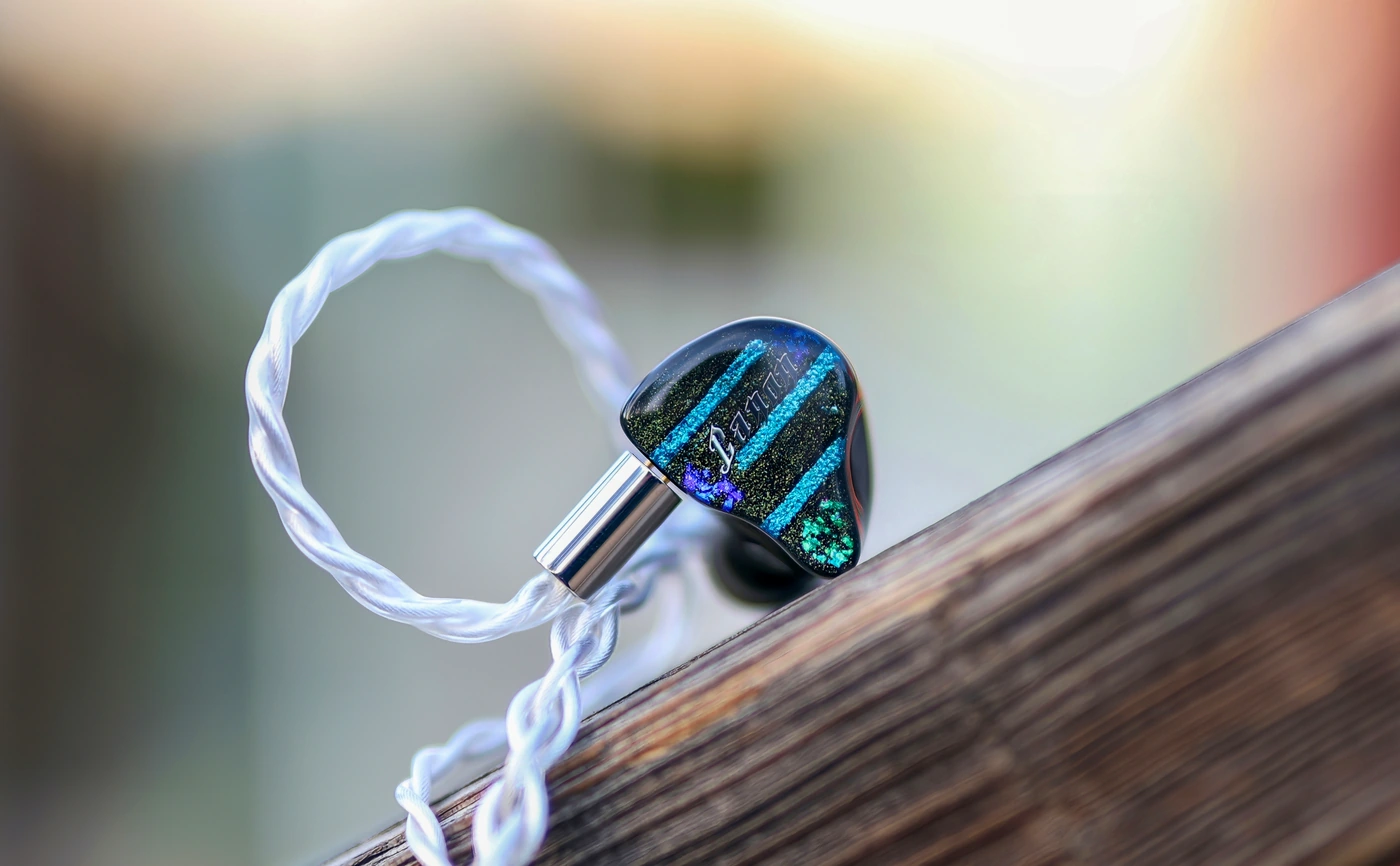
At the end of the day, if you’re looking for a natural sounding IEM with a strong, crisp treble, impactful bass, great comfort, and with a beautiful IEM Shell design, then Yanyin Canon II is one of the best contenders out there.
Product Link
You can grab one from www.amazon.com here: https://amzn.to/4bynTHX
If you’re in the UK, you can grab one from www.amazon.co.uk here: https://amzn.to/3Sv7cEs
And if you’re from Europe, you can grab one from www.amazon.de here: https://amzn.to/3UErvCd
--- Please remember to stay safe, and always have fun while listening to music!---
- If you have a dime to spare, please donate, and help us! It would make the day brighter for me and my wife-
Full Playlist used for this review
We listened to more songs than those named in this playlist, but those are excellent for identifying a sonic signature. I recommend trying most of the songs from this playlist, especially if you’re searching for new music! The playlists are different for Spotify, Tidal and Youtube, and based on the songs I enjoy and are available on each!
https://www.youtube.com/playlist?list=PL_cjBXGmwSHSdGcwuc_bKbBDGHL4QvYBu
https://open.spotify.com/playlist/5J3oloz8Riy9LxEGenOjQ0?si=979ba4f082414be7
https://tidal.com/browse/playlist/330fd544-8e5b-4839-bd35-676b2edbb3d5
--- Contact Us ---





